Fossilization
Fossilization is the process by which the remains or traces of living organisms are preserved in the Earth's crust. It is through this process that we are able to learn about the history of life on Earth, as fossils provide evidence of past life forms and the environments in which they lived.
Process of Fossilization
The process of fossilization typically involves the following steps:
- Death of Organism: The organism dies and its remains or traces are buried in sediment.
- Decomposition: Soft tissues decompose, leaving behind harder parts such as bones, shells, or teeth.
- Mineralization: The hard parts become fossilized as minerals gradually replace the original organic material, preserving the structure of the organism.
- Uplift and Exposure: Over time, geological processes such as uplift and erosion bring the fossils closer to the surface, where they can be discovered by paleontologists.
Types of Fossils
There are several types of fossils that can form through different processes:
- Body Fossils: These fossils preserve the actual remains of an organism, such as bones, teeth, or shells.
- Trace Fossils: These are indirect evidence of ancient life, including footprints, burrows, or other traces left behind by organisms.
- Mold and Cast Fossils: These form when an organism's remains leave an impression in sediment, which later hardens to create a mold. If the mold is filled with minerals, a cast fossil is formed.
Study Guide
Here are some key points to remember about fossilization:
- What is fossilization?
- Fossilization is the process of preserving the remains or traces of living organisms in the Earth's crust.
- What are the steps involved in fossilization?
- Death of organism, decomposition, mineralization, uplift and exposure
- What are the types of fossils that can form?
Understanding the process of fossilization and the different types of fossils can provide valuable insight into the history of life on Earth and the changes that have occurred over millions of years.
.◂Science Worksheets and Study Guides Eighth Grade. Circulation and immunity
Study Guide Circulation and immunity
Circulation and immunity  Worksheet/Answer key
Worksheet/Answer key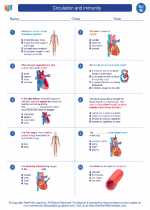 Circulation and immunity
Circulation and immunity  Worksheet/Answer key
Worksheet/Answer key Circulation and immunity
Circulation and immunity  Worksheet/Answer key
Worksheet/Answer key Circulation and immunity
Circulation and immunity  Vocabulary/Answer key
Vocabulary/Answer key Circulation and immunity
Circulation and immunity  Vocabulary/Answer key
Vocabulary/Answer key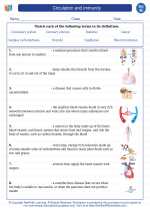 Circulation and immunity
Circulation and immunity  Vocabulary/Answer key
Vocabulary/Answer key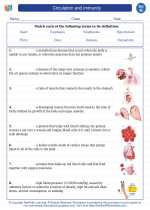 Circulation and immunity
Circulation and immunity  Vocabulary/Answer key
Vocabulary/Answer key Circulation and immunity
Circulation and immunity  Vocabulary/Answer key
Vocabulary/Answer key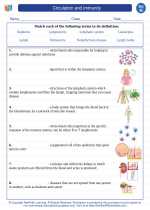 Circulation and immunity
Circulation and immunity  Vocabulary/Answer key
Vocabulary/Answer key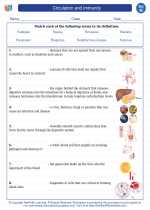 Circulation and immunity
Circulation and immunity  Vocabulary/Answer key
Vocabulary/Answer key Circulation and immunity
Circulation and immunity 

 Worksheet/Answer key
Worksheet/Answer key
 Worksheet/Answer key
Worksheet/Answer key
 Worksheet/Answer key
Worksheet/Answer key
 Vocabulary/Answer key
Vocabulary/Answer key
 Vocabulary/Answer key
Vocabulary/Answer key
 Vocabulary/Answer key
Vocabulary/Answer key
 Vocabulary/Answer key
Vocabulary/Answer key
 Vocabulary/Answer key
Vocabulary/Answer key
 Vocabulary/Answer key
Vocabulary/Answer key
 Vocabulary/Answer key
Vocabulary/Answer key
